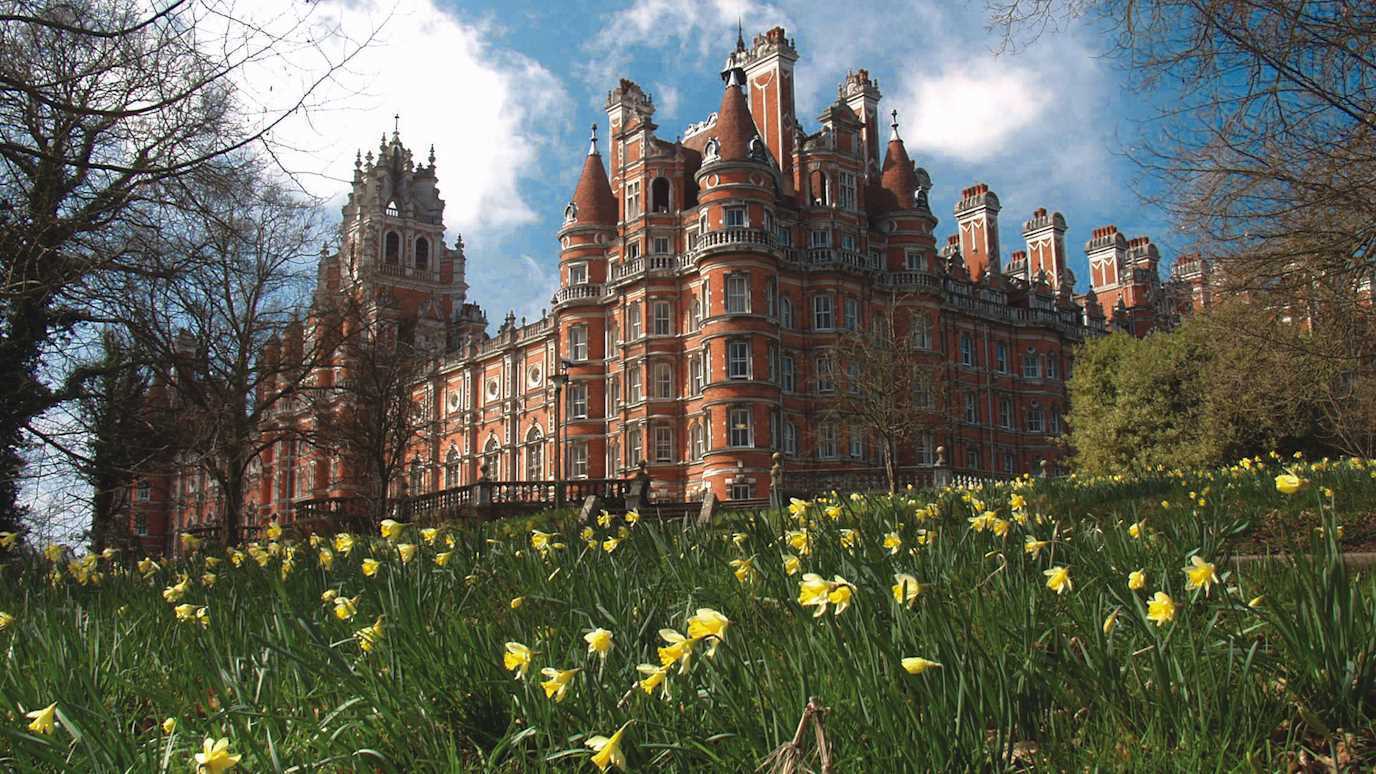Defects and frustrated magnetism:
The frustrated geometry of the pyrochlore lattice of corner-sharing tetrahedra, and the crystal electric field effects that determine the single-ion anisotropy, are responsible in great part for spectacular phenomena including, for example, fractionalization, topological order and emergent magnetic monopoles in the classical spin ices, and the hotly debated spin liquid behaviour of their quantum analogues. We are focusing our research on the role of structural defects on the Physics of frustrated magnets. We have discovered that structural disorder is responsible for the magnetic residual resistance that controls magnetic monopole dynamics at sub-Kelvin temperatures, and in some cases selects the magnetic ground state. By controlling the introduction of structural defects it is possible to tune to a true quantum spin liquid with long-range entanglement. We are able to grow large single crystals to study their defect structures using diffuse neutron scattering, and to determine their spin correlations using polarised neutron scattering. The measurements are supported by first principles density functional theory and Monte Carlo simulations.

New thermoelectric materials:
Thermoelectric devices have the potential to contribute towards the low-carbon economy through, for example, the conversion of waste heat in car exhausts into useful power, and the cooling of hot spots on computer chips using solid state refrigerators. The efficiency of operation of a thermoelectric device is usually measured by its “figure of merit” ZT = TS2σ/κ, a dimensionless number proportional to the square of the Seebeck coefficient, S, and to the ratio (σ/κ) of the electrical to the thermal conductivities. We grow single crystals of new thermoelectric materials and measure their structures and physical properties in house. We investigate the mechanism of the transport of heat through studies of the phonon dispersion using momentum-resolved spectroscopy, and we compare our results with density functional calculations of σ, κ and S.

Sodium-ion battery materials:
High performance batteries based on the movement of lithium ions in lithium cobaltate have made possible a revolution in mobile electronic technology, from laptops to mobile phones.
The demand for energy storage is expected to increase dramatically due to the introduction of electric vehicles and the need for load levelling in the renewables industries. However, the scarcity of lithium has led to intense interest in sodium-ion batteries. We study single crystals of sodium-ion battery materials using x-ray diffraction and quasi-elastic neutron scattering in order to see experimentally the hopping of diffusing sodium ions. We compare our results with ab initio Monte Carlo simulations of the diffusion process. Understanding the diffusion mechanism on the microscopic scale will enable rapid charging for high power applications, and limit degradation during cycling in the next generation of sodium-ion battery materials.

Magnetic quantum criticality and superconductivity of Fe-based compounds
Unconventional and high-temperature superconductivity is often found in materials near continuous magnetic phase transitions. Associated divergences in the materials’ magnetic susceptibility are connected with an enhancement of spin fluctuations that can enable the formation of Cooper pairs. Many Fe-based superconductors show this proximity of high-temperature superconductivity and magnetic phase transitions. In addition, their phase diagrams often feature structural phase transitions. We have been exploring structural effects on the magnetic and superconducting phase diagrams by pressure tuning of selected 122 compounds using thermodynamic, magnetic, and synchrotron diffraction measurements in collaboration with Diamond Light Source.
We are also studying other Fe based compounds, in which the magnetic fluctuations that are potentially so important in the formation of unconventional superconductivity can be studied in isolation. Magnetic fluctuations near a continuous ferromagnetic phase transitions typically lead to an instability of the associated low-temperature quantum critical point. In NbFe2, we are exploring the masking of its ferromagnetic quantum critical point by an emergent spin-density-wave phase using unpolarised and polarised neutron diffraction and spectroscopy.
Novel states of electronic matter
Strong electronic correlations can cause the emergence of novel electronic matter. Examples include nematicity, skyrmion phases, the spin liquid, topological insulating or superconducting states. A long-standing mystery in this area has been the nature of the so-called 'hidden order' phase in the heavy-fermion compound URu2Si2. The onset of the hidden order phase is signalled by a large peak in the specific heat. Assuming antiferromagnetic order the ordered moment is expected to be 0.4 B per U atom. However, only a sample dependent tiny average moment of less than 0.04 B per U atom has been found in experiment. If tuned by hydrostatic pressure, URu2Si2 maintains its peak in the specific heat but develops the expected size of magnetic order. Using the technique of neutron Larmor diffraction we have mapped out the phase diagram of URu2Si2 and shown that any residual magnetic moment in the hidden-order phase can be understood to arise from a small volume fraction in the antiferromagnetic state due to local lattice distortions. This reinforces the notion that the hidden-order state is a much more exotic new state of electronic matter and we have been investigating its low energy excitations using neutron spectroscopy.





















